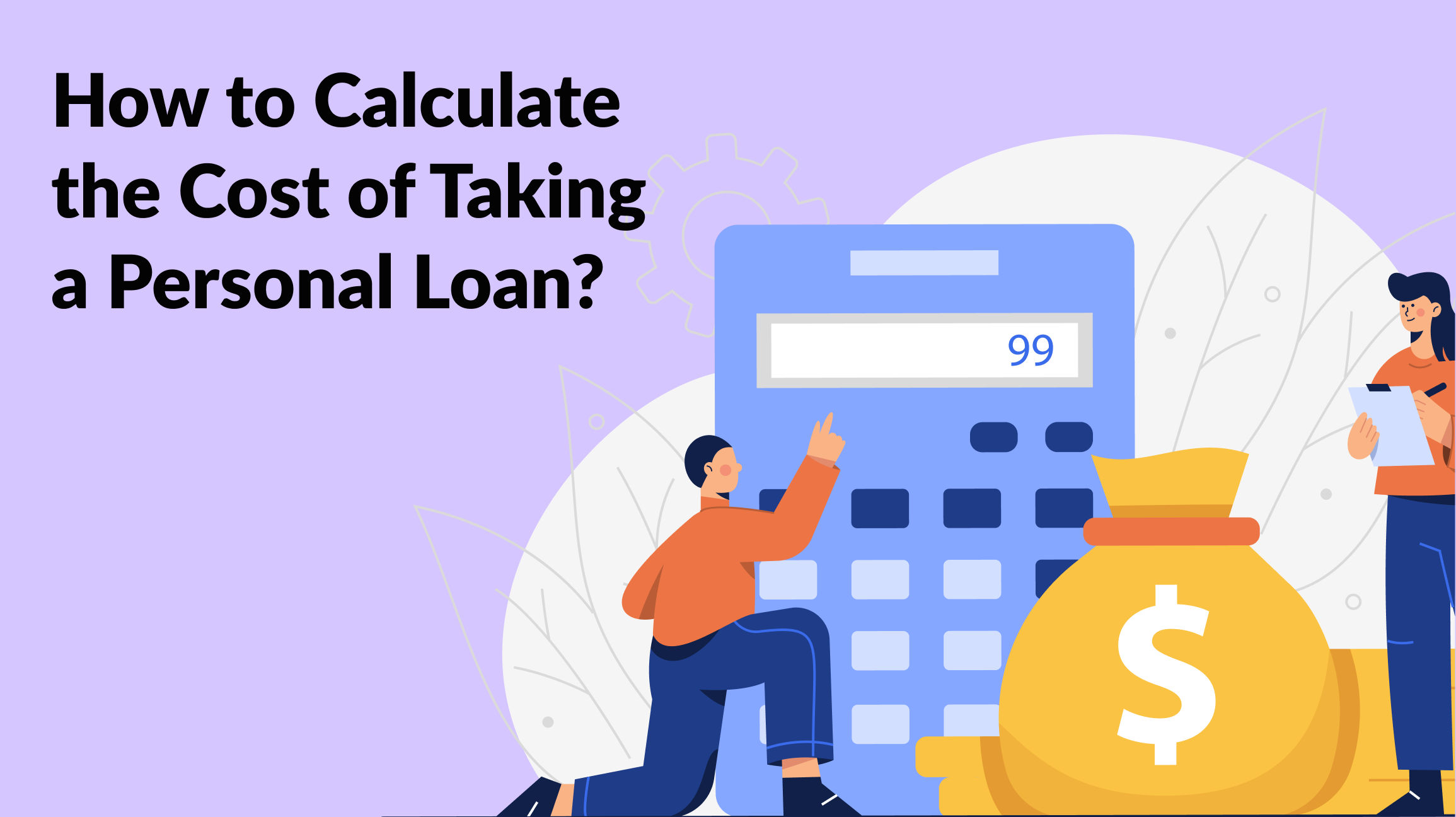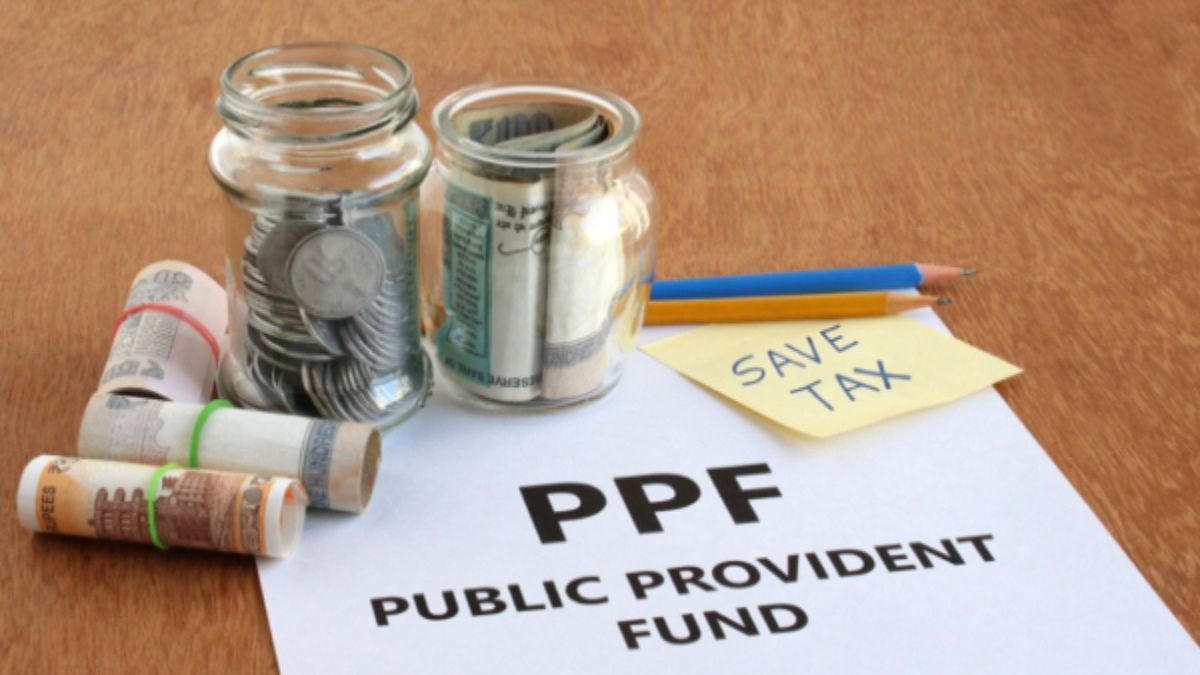Personal Loan Interest Rates: How a Personal Loan Is Calculated
Personal loan interest rates are calculated based on a number of factors, including your credit score, income, and the loan amount. Learn more about how personal loan interest rates are calculated and how to get the best rate

What Are Interest Rates on Personal Loans?
Personal loans are a form of closed-end credit, with fixed monthly payments over a fixed term (e.g., three, four, or five years). Personal loan interest rates are expressed as a percentage of the principal amount borrowed.
The quoted rate is the nominal annual percentage rate (APR) or the rate applied to your loan each year, inclusive of all fees and other costs, but excluding costs related to compounding or inflation. Most personal loans utilize the monthly periodic rate, which is calculated by dividing the annual percentage rate by 12. The APR (or periodic rate) when applied to the principal determines the additional amount you will pay to borrow the principal and repay it over time.
KEY PointS
- Interest rates on personal loans are expressed as a percentage of the quantity borrowed.
- The majority of personal loans are unsecured, meaning they are not secured by an asset or collateral.
- Personal loans without collateral carry a higher interest rate than secured loans.
- The most common method for calculating personal loan interest is the simple interest method. Other methods include compound and add-on interest.
Understanding Personal Loan Interest Rates
In order to make loans, banks must first borrow money from other financial institutions or from consumer deposits. The interest rate on a personal loan reflects both the cost to the bank of borrowing money and the inherent risk associated with lending money without a repayment guarantee.
There are three important factors that determine the interest rate on a personal loan:
- The borrower's creditworthiness: Because they have a lower risk of default, borrowers with a high credit score usually receive improved interest rates. The employment status and income of the creditor may also be considered by lenders, as these factors influence the probability of repayment. As there is no assurance that they will be able to make full payments, borrowers with low income or a history of delayed payments typically receive the highest interest rates.
- The length of the loan: Long-term loans are more profitable for lenders than short-term loans, as the debt has more time to accrue interest. As a result, they offer lower interest rates on loans with extended terms. Some lenders may impose a prepayment penalty on borrowers who repay their debts prematurely.
- The cost of borrowing: Banks borrow money from one another, at an interest rate that is based on the federal funds rate. This cost is then passed on to the consumer—if the cost of borrowing money is high, the interest rates for personal loans will be even higher.
A fourth factor is whether the borrower can secure the loan with collateral assets. This is discussed further below.
Unsecured vs. Secured Loans
The vast majority of personal loans are unsecured, meaning the loan is not collateralized by an asset the lender can seize. Money borrowed for a vacation is an example of an unsecured loan. Unsecured loans typically carry a higher interest rate to compensate the lender for the additional risk involved.
Additionally, loans can be secured, or guaranteed by something of value. As collateral, you provide the lender with a guarantee that you will repay the loan. A home equity loan is an illustration of a secured loan because your home functions as collateral to guarantee the loan's repayment. As the lender assumes less risk with secured loans, the rate of interest is typically lower.
A personal loan calculator is helpful for determining how much more interest a high-interest unsecured loan will cost than a low-interest secured loan.
Regulation Z
In 1968, the Federal Reserve Board (FRB) enacted Regulation Z, which in turn led to the creation of the Truth in Lending Act (TILA), a piece of legislation designed to defend consumers engaged in financial transactions. Personal loans are a component of this security.
For closed-end personal loans, Subpart C—Section 1026.18 of Regulation Z requires lenders to disclose the APR, finance charge, amount financed, and total payments. Other required disclosures include the number of payments, monthly payment amount, late fees, and existence of a prepayment penalty.
Average Interest Rate on a Personal Loan
As of May 2023, the average APR on a 24-month unsecured personal loan in the United States is 11.48 percent.The rate you pay can range from 6% to 36%, depending on the lender and your credit score. In comparison, the average APR on a secured 60-month auto loan is 7.81%.This demonstrates the ability of a secured loan to have lower interest rates than an unsecured loan.
Calculation of Personal Loan Interest
Possessing knowledge of Regulation Z disclosure requirements and how interest on closed-end personal loans is calculated, it is possible to make a well-informed borrowing decision. Personal loan interest is calculated using one of three approaches: simple, compound, or addition. Each of these methods relies on the stated APR provided in the disclosure document.
Simple Interest Method
The method most frequently used for personal loans is the uncomplicated interest method, also known as the U.S. Rule method. The primary characteristic of simple interest is that the rate of interest is always applied solely to the principal.
Simply plug the appropriate values into Investopedia's loan calculator using the example of a $10,000 loan with a 10% APR over five years (60 months). In this case, the initial principal balance is $10,000, the interest rate is 10%, and the original loan term was 60 months.
The calculator computes the monthly payment as well as the total amount of principal and interest over the term of the loan. You can also obtain a complete amortization schedule for the next five years that details the precise monthly principal and interest payments.
As the calculator demonstrates, with straightforward interest and on-time payments, the amount of interest you pay decreases over time, while the portion of your payment that is applied to the principal increases until the loan is repaid. If you make your payments early or make extra payments, you will pay less interest overall and may even be able to repay your loan early.
If you pay late or miss a payment, a greater proportion of your payment is applied to interest, resulting in less of each payment being applied to the principal. Interest (and late fees) are segregated (held in escrow). At the conclusion of your loan, you will be required to pay any accrued principal, interest, or late fees. Test these assertions by increasing the payment amount, decreasing the payment amount, and removing payments to determine the effect of each on the total amount owed.
A late or missed payment can hurt your credit score, making it harder to borrow money in the future.
Compound Interest Method
With the compound interest method, also known as the “normal” or “actuarial” method, if you make all your payments on time, the results are the same as with the simple interest method because interest never accumulates. The same circumstances apply to paying early or making extra payments. Both can result in a shorter loan term and less interest paid overall.
If you are late or miss payments with a compound-interest loan, the accumulated interest is added to the principal. Future interest calculations result in “interest on interest.” With this method, you will end up with even more leftover interest and principal at the end of your loan term. You can test these scenarios with the same online calculator by plugging in the same numbers but selecting “Normal” as the amortization method. Common examples of the use of compound interest are credit cards, student loans, and mortgages.
Add-on Interest Method
The method of adding interest does not require a calculator. This is due to the fact that interest is computed in advance, added to the principal, and then the total is divided by the number of payments (months).
To arrive at the amount of interest you will pay using the $10,000 loan example above, multiply the beginning balance by the APR times the number of years to pay off the loan, i.e, $10,000 x 0.10 x 5 = $5,000. Principal and interest add up to $15,000. Divide the $15,000 by 60 (the length of the loan) and your monthly payments will be $250, consisting of $166.67 principal and $83.33 interest.
Whether you pay on time, early, or late, you will pay a total of $15,000 (excluding any potential late fees). Examples of loans with add-on interest include payday loans, short-term advance loans, and money lent to subprime debtors.
You can get a much lower interest rate if you have assets to use as collateral for your loan.
Example of Simple vs. Compound vs. Add-on Interest Methods
The table below shows the differences among simple, compound, and add-on interest when applied to a $10,000 personal loan at 10% APR over five years with and without missed payments. The amounts shown do not include late-payment fees or other charges, which vary by lender.
- Column 1 shows the interest method used.
- Column 2 lists the monthly payment.
- Column 3 indicates the total principal paid with on-time payments.
- Column 4 shows total interest.
- Column 5 lists the total amount paid.
- Column 6 shows the total principal paid over 57 payments (three missed).
- Column 7 indicates total interest with three missed payments.
- Column 8 shows accumulated unpaid interest and principal.
- Column 9 lists the total amount paid with three missed payments.
Comparison of the three methods demonstrates why it is imperative to avoid compound interest at all costs. Additionally, it demonstrates that compound interest accumulates when payments are late or missing. In conclusion, the borrower benefits most from straightforward interest.
* With a total of three missed payments, one each at the end of years one, two, and three
1 Total principal and interest when paid on time
2 Total principal and interest with three missed payments
Which Bank Has the Lowest Interest Rate for a Personal Loan?
We discovered the lowest interest rate at Barclays, with rates as low as 4.60 percent APR as of July 2023.However, this does not necessarily indicate that you will be approved, as they will likely consider additional factors, such as the borrower's credit score. There may be additional lenders with even lower interest rates.
What's a Good Interest Rate for a Personal Loan?
As of July 2023, the average interest rate on a personal loan is 11.16 percent, and qualified debtors can obtain rates between 10 and 12 percent.If you have a solid income and credit history, or if you can provide collateral to secure your loan, you can negotiate a better bargain.
What Are the Easiest Personal Loans to Get?
Unfortunately, the simplest personal loans are also those with the worst interest rates. The APR charged by payday lenders can reach as high as 780%, while credit card rates can reach 20% or even higher. The exorbitant interest rates on these loans are due to the fact that almost anyone can qualify for them.
The Bottom Line
Personal loan interest rates vary, and by following the guidelines provided here, you can determine which loan and interest rate are ideal for you.



















